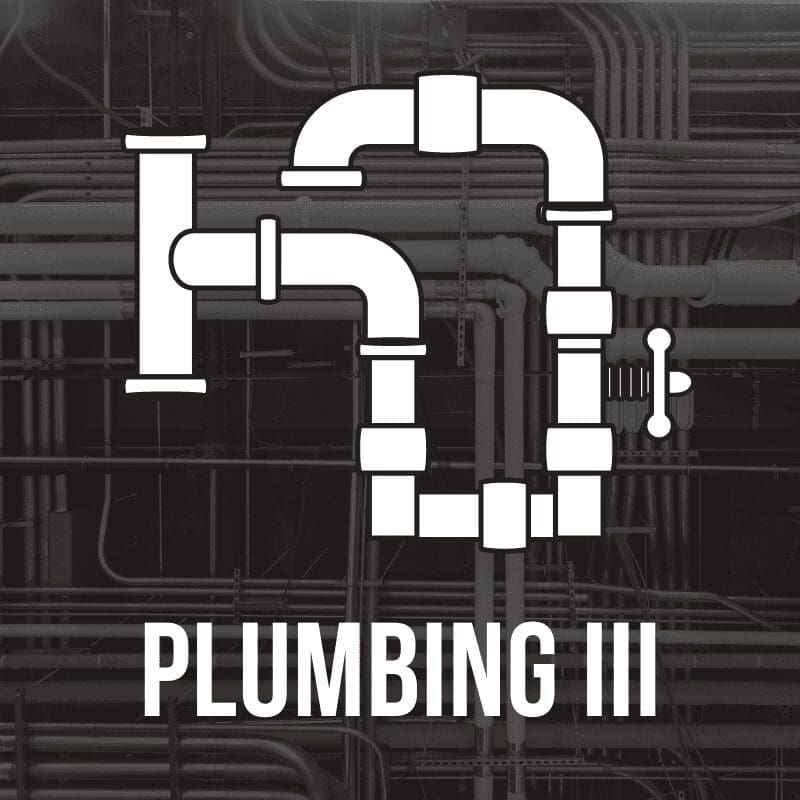Sprinkler Fitting II
Building on the competencies learned in Sprinkler Fitting I, this course is designed to equip students with the skills and knowledge required for the installation, operation, and maintenance of various sprinkler systems.
Registration for Sprinkler Fitting II is now closed for the Fall ’24 semester.
Make sure to join the WMCI mailing list to be notified first when this class is open for enrollment again.

Course Description
The National Center for Construction Education and Research’s (NCCER) Sprinkler Fitting II course is designed to build upon foundational skills and provide intermediate-level knowledge for professionals in the fire protection industry. This course is ideal for those who have completed Sprinkler Fitting I or have equivalent experience. aiming to advance their careers as sprinkler fitters.”
Course Details
- Dates: August 20, 2024 - June 3, 2025
- Days of the Week: Every Tuesday
- Time: 4:30 - 8:30PM
- Tuition: $4,000 ($2,000/semester)
- Material/Lab Fees: $190
- Course Textbook Fee: $125
Credentials Earned
- NCCER Sprinkler Fitting II Certification
- WMCI Certificate of Completion
What you'll learn in sprinkler fitting II
Hangers, Supports, and Restraints
This module identifies strength/spacing requirements, types, and installation of pipe hangers, supports, and restraints. It also covers the installation of firestopping.
General Purpose Valves
This module explains the valves used to start, stop, direct, and regulate water flow in sprinkler systems. It covers the operation, applications, and basic maintenance of various valves, including indicating control valves, trim valves, check valves, hose valves, pressure control valves, and air venting valves.
Math for Sprinkler Fitters
This module reviews basic mathematical principles and explains how to apply them to various sprinkler fitting calculations, including floor areas, pitch, offsets, sprinkler spacing, pressure, and volume.
Shop Drawings
This module covers the shop drawings used in sprinkler fitting. It describes the symbols used for various sprinkler system components and explains how to use a shop drawing to identify the types and locations of piping and components. It also provides an overview of Building Information Modeling (BIM).
Standard Spray Sprinklers
This module describes the characteristics of standard spray sprinklers. It also covers types of construction, NFPA 13 light and ordinary hazard occupancy classifications, and installation considerations.
Wet Pipe Sprinkler System
This module describes the operation and installation of wet pipe sprinkler systems. It covers various system controls and switches and explains how they operate. It also describes how to complete a Contractor’s Material and Test Certificate for Aboveground Piping and provides an overview of basic system troubleshooting procedures.
Dry Pipe Sprinkler Systems
This module describes the operation and installation of dry pipe sprinkler systems. It covers differential and mechanical dry pipe valves and trim, including switches, gauges, air sources, accelerators, and drains. It also provides an overview of basic system troubleshooting and acceptance testing procedures, including the completion of a Contractor’s Material and Test Certificate for Aboveground Piping for a dry pipe sprinkler system.
Sprinkler fitting ii registration form
Registration for Sprinkler Fitting II is now closed for the Fall ’24 semester.












